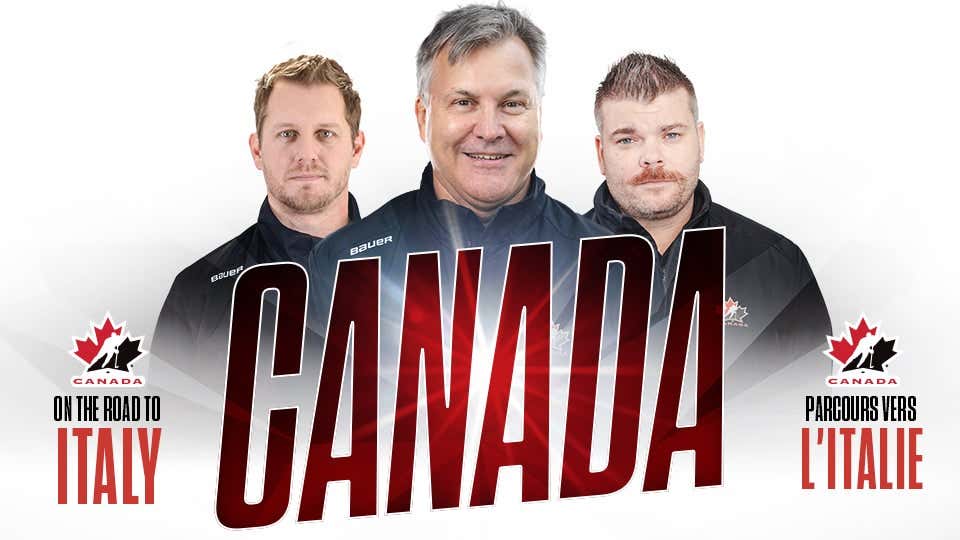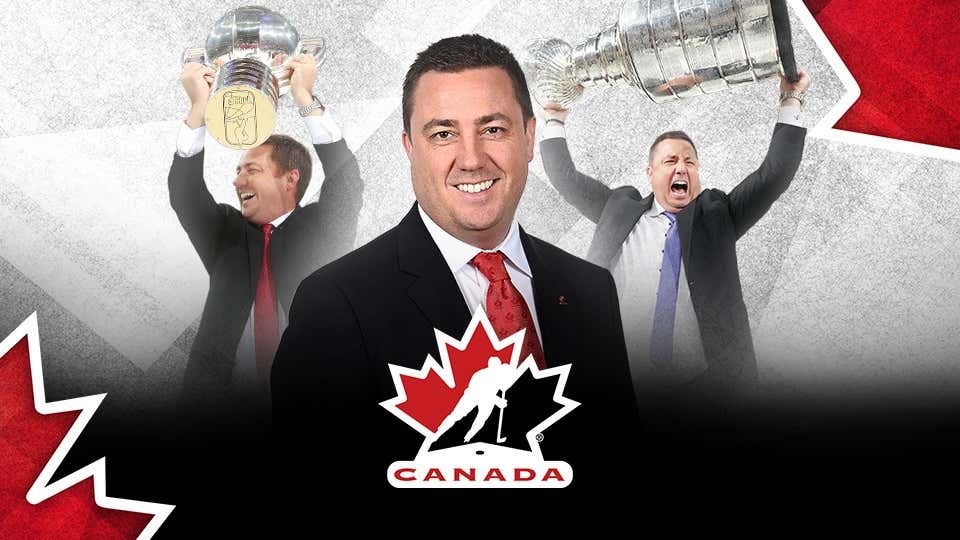
Disabled Sport Not for Faint of Heart
Canadian sledge hockey team plays same physical, fast style as the country's best able-bodied teams

Loyd Remi Johansen had his eyes down to take a pass at centre ice and didn't see the freight train in the bucket sled coming at him until it was too late.
Beefy Ray Grassi, who weighs 245 pounds, had the unsuspecting Norwegian lined up from about 15 feet away. As Johansen got the puck on his stick, the Canadian defenceman exploded through him with his shoulder in an open-ice hit as devastating as anything one-time NHL hard rock Scott Stevens threw.
It was legal and it was clean, and the impact was so powerful it sent Johansen flying 10 feet and into the boards.
"It was right in front of our bench and because we can see through the (Plexiglas), you could see the guy's face bounce off the boards," Grassi's teammate Greg Westlake said of the hit in a World Sledge Hockey Challenge game in Kelowna, BC, nearly two years ago.
"And the sound of the impact…I just remember hearing that. The guy went down and he was out. He was loopy. There have been better shots for show. Billy (Bridges) caught a guy at Worlds last year, coming across centre with his head down, which was beautiful. Those look prettier, but this one was just full force." If you've never seen a sledge hockey game live, there are two things that quickly stand out: the physical play and the speed.
Through Terry Fox and Rick Hansen, Chantal Petitclerc and Oscar Pistorius, stereotypes about people with a disability have long ago been smashed.
Sledge hockey players take it to a new level by smashing each other, propelling themselves around a rink faster than one-time Vancouver Canuck Dana Murzyn and performing stickhandling magic, thanks in large part to the fact they play with sticks in both hands.
"I always tell someone when they haven't seen a game before, whatever you think it's going to be, it's going to be completely different," says Grassi, who uses prosthetics in everyday life, but who plopped his body onto a skateboard to wheel out of the dressing room immediately after practice Monday to do an interview.
"It's 'Oh, you paraplegics or whatever play hockey. That's going to be fun.' "When they get here and see how rough it can be, it completely changes their idea of disabled sport." The gregarious Grassi, whose smile is as big as his girth, says he bought Johansen a beer after that Kelowna tournament was over.
"I felt bad. We had a little event there. I brought him one over and said, 'I apologize.' He's like, 'Oh, that's OK. It happens.'" The Windsor, ON, man said it was his biggest hit.
But it was perhaps not as memorable as one in a game in Ottawa a few years ago, he added.
"Team Japan, the little short guy, Dice K. He was coming across the slot and he had his head down and I hit him. He flipped backwards, literally upside down, laying on his head, out of his sled. The sticks went flying, his helmet went flying.
"My mother was even mad at me after that one," he said. "'Why did you have to do that to that poor little guy?'" Grassi says there's nothing better than a solid open-ice hit. "It just feels good, makes me feel like the biggest person out there, which most of the time I am. I like to get one in the first few shifts. It just gets me into the game." The Canadians, who are the reigning Paralympic and world champions, are as physical a team as there is in sledge hockey. Combine that with a strong forecheck and as much speed as any team in the world and, as head coach Jeff Snyder likes to say, his club plays the same "Canadian style" as this country's best able-bodied teams.
In sledge hockey -- which is open at the elite international level to athletes with a lower body disability, including amputees, paraplegics or spina bifada sufferers -- players sit on lightweight titanium sleds, which have skate blades underneath.
They propel themselves around the ice by using short hockey sticks equipped with small picks on one end.
The best players are surprisingly fast and agile. Westlake says that when the Canadian team conducted a skills session earlier this season, forward Shawn Matheson did a loop of the rink in 15 seconds. That compares with 13 seconds for top NHLers.
Top players are also remarkably skilled, able to ambidextrously slide the puck underneath their sled to keep it away from defenders.
"When you see the game live, there are a lot of really intricate details in sledge hockey you don't see on TV or pictures or webcasts," said Westlake. "With the two sticks and the co-ordination the guys have, if you're not up close you miss a lot of the little moves and jukes and cool stuff the guys can do." After playing in front of crowds of only about 100 at the Four Continents tournament in Japan last month, the Canadians hope to see big crowds for the Hockey Canada Cup pre-Paralympic event this week at the new University of British Columbia arena.
"I love playing in front of people," said Westlake. "Our team thrives on it. And knowing this is kind of a preview to 2010 ... If we get big crowds out here, I guarantee we'll put on a show."
For more information: |































